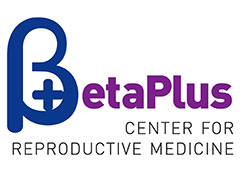Getting pregnant
The very first conversation with an infertile couple needs to be focused on their education with the aim of increasing their chances of getting pregnant. If there are no absolute obstacles for conceiving, the couple is recommended to ha...
+ More 



